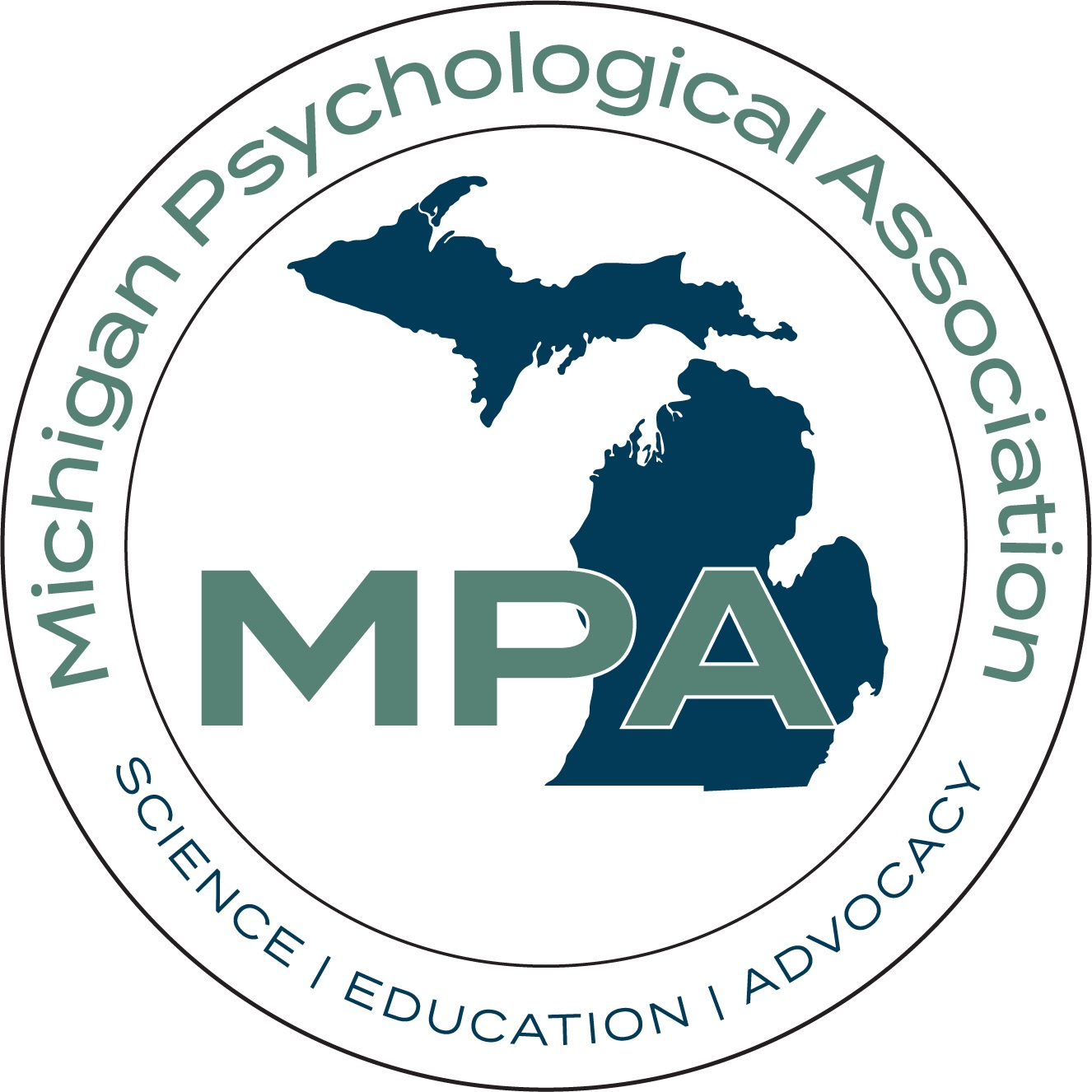How Does Trauma-Focused Therapy Work?
By Jim Windell
There is considerable evidence that trauma-focused psychotherapy is the best-known treatment for posttraumatic stress disorder (PTSD).
Posttraumatic stress disorder is commonly seen in people who have experienced a traumatic event, such as war or combat, sexual assault, a natural disaster or terrorist act. PTSD symptoms can include flashbacks, nightmares and severe anxiety, as well as uncontrollable thoughts about the event.
Trauma-focused psychotherapy is a treatment designed to help people recover from a traumatic event. It typically uses techniques such as "in vivo exposure," which involves directly facing a feared object, situation or activity in real life, and "imaginal exposure," which involves facing the trauma memory.
While we know these techniques help people suffering from PTSD, we don’t why – or how – it works. The question may well be asked as to what happens in the brain during psychotherapy for PTSD.
A team of researchers from the University of Texas at Austin may have found the answer to that question by exploring how different parts of the brain talk to one another.
In a new study just published in Biological Psychiatry, the researchers, led by Greg Fonzo, Ph.D., an assistant professor in the Department of Psychiatry and Behavioral Sciences at Dell Medical School at The University of Texas at Austin, used neuroimaging to examine how the brain areas responsible for generating emotional responses to threats are changed by psychotherapy.
Fonzo and his colleagues used functional magnetic resonance imaging (fMRI) scans to identify how brain networks communicate with one another before and after treatment. Specifically, they measured the degree of communication or "traffic," known as functional connectivity, between areas of the brain responsible for emotion and regions of the cortex in charge of logic and thinking.
"What we discovered was a reduction in traffic between these brain regions among patients who had undergone trauma-focused psychotherapy," said Fonzo. "In fact, greater connectivity changes were associated with bigger symptom reductions. This restructuring of brain communication may be a unique signature of PTSD recovery."
Fonzo said these findings could change the way therapists treat people who suffer from PTSD. "Now that we have a better understanding of the brain mechanisms underlying psychotherapy, we may be able to use this information to develop new and better treatments for people with PTSD," said Fonzo.
To read the original journal article, find it at:
Gregory A. Fonzo, Madeleine S. Goodkind, Desmond J. Oathes, Yevgeniya V. Zaiko, Meredith Harvey, Kathy K. Peng, M. Elizabeth Weiss, Allison L. Thompson, Sanno E. Zack, Steven E. Lindley, Bruce A. Arnow, Booil Jo, Barbara O. Rothbaum, Amit Etkin. Amygdala and Insula Connectivity Changes Following Psychotherapy for Posttraumatic Stress Disorder: A Randomized Clinical Trial. Biological Psychiatry, 2020; DOI: 10.1016/j.biopsych.2020.11.021




